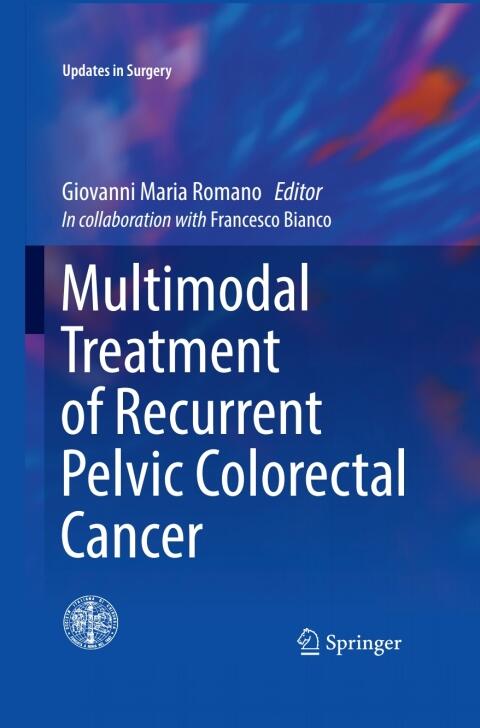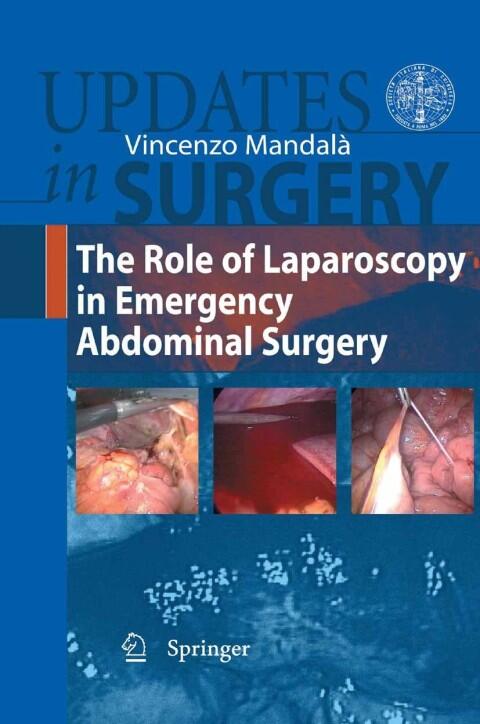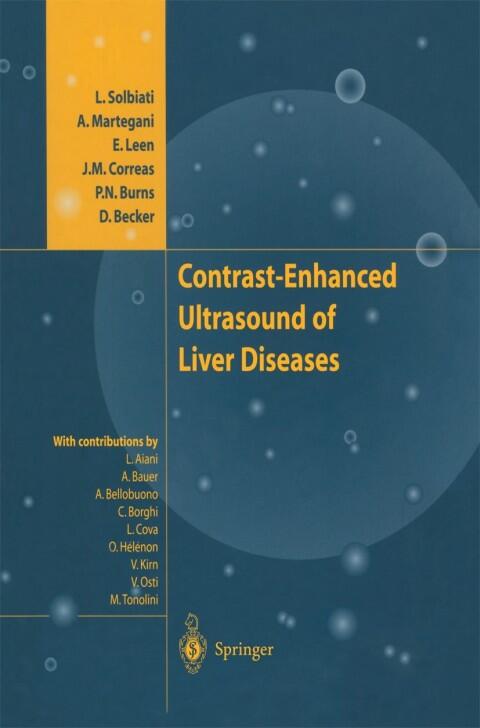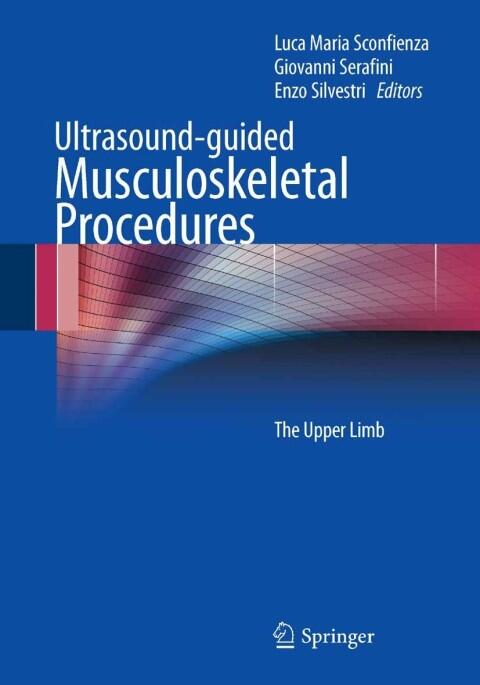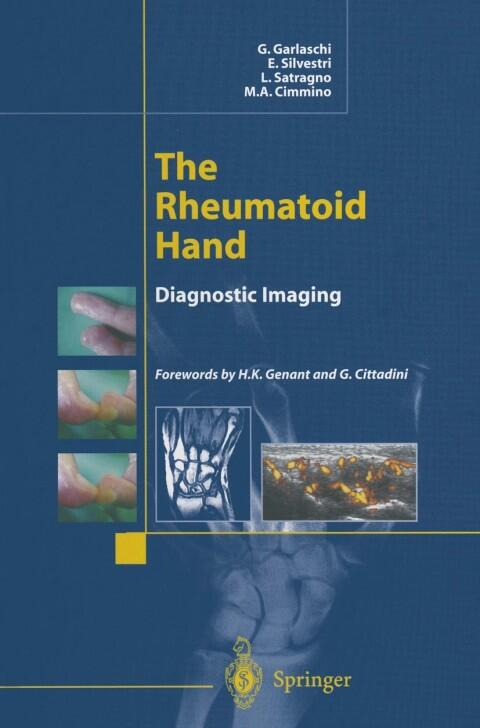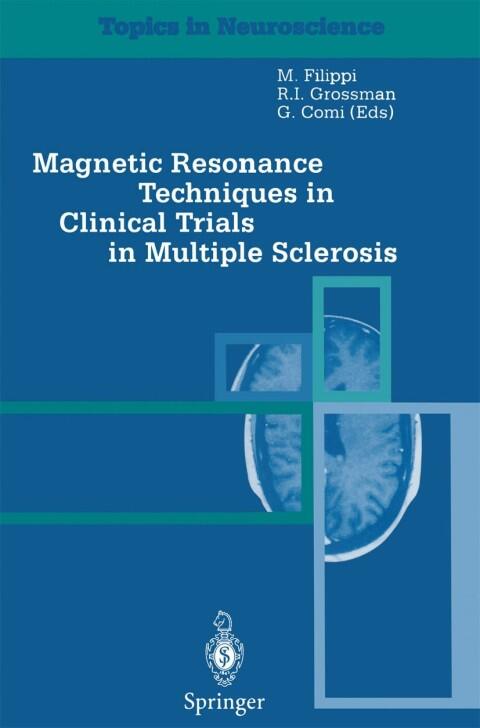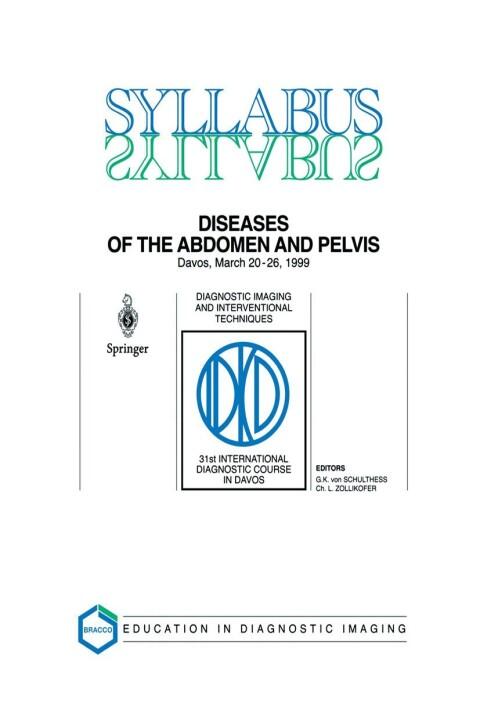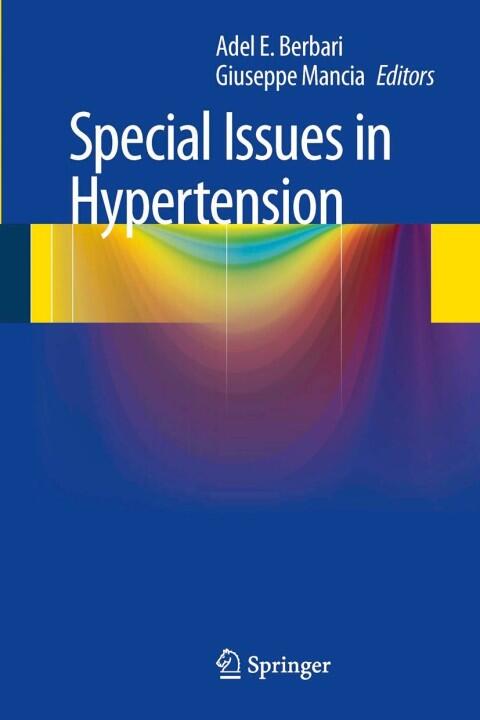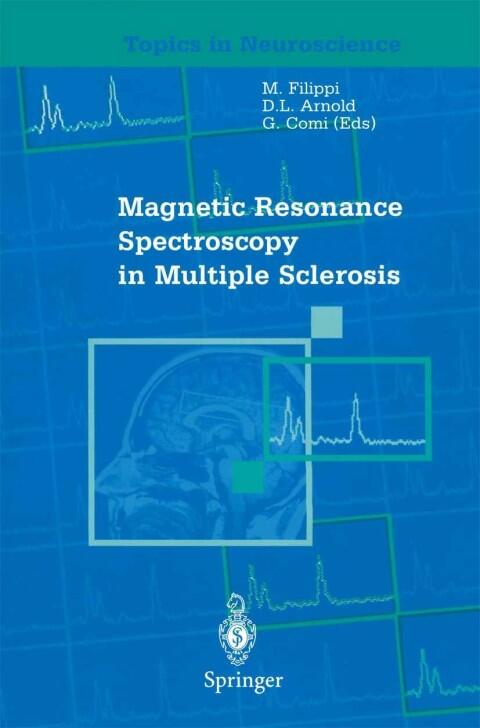
Magnetic Resonance Spectroscopy in Multiple Sclerosis
작성자
M. Filippi; D.L. Arnold; G. Comi
아직 평점이 없습니다
Health & Wellness
형식
킨들
페이지
170
언어
이탈리아어
출판됨
Jan 1, 2012
출판사
Springer
판
1
ISBN-10
884702109X
ISBN-13
9788847021099
설명
In the realm of neuroscience, the exploration of multiple sclerosis has taken on a new dimension with the advancement of magnetic resonance spectroscopy (MRS). This comprehensive work delves into the intricate applications of MRS in understanding the complexities of multiple sclerosis, a condition that affects countless individuals worldwide. The authors, M. Filippi, D.L. Arnold, and G. Comi, bring together their expertise to shed light on how this technology can enhance diagnostic capabilities and monitoring of disease progression.
Readers are guided through a systematic examination of the techniques and methodologies that have emerged in recent years. The text highlights the potential of MRS to reveal metabolic changes within the brain's white matter, providing invaluable insights into the pathological mechanisms of multiple sclerosis. It emphasizes how this non-invasive imaging technique can inform treatment strategies, making it a vital tool for clinicians and researchers alike.
Moreover, the book discusses the challenges faced in implementing MRS in clinical practice, addressing the need for standardization and broader accessibility. Through a thorough analysis of current research, the authors emphasize the importance of integrating spectroscopy into everyday practice to improve patient outcomes and enhance the understanding of this debilitating disease.
Drawing on real-world case studies and the latest scientific findings, this work serves as an essential resource for neurologists, radiologists, and healthcare professionals committed to advancing the field of multiple sclerosis research. Its insightful observations and practical applications promise to pave the way for more effective interventions and ultimately better quality of life for those affected by this complex condition.
Readers are guided through a systematic examination of the techniques and methodologies that have emerged in recent years. The text highlights the potential of MRS to reveal metabolic changes within the brain's white matter, providing invaluable insights into the pathological mechanisms of multiple sclerosis. It emphasizes how this non-invasive imaging technique can inform treatment strategies, making it a vital tool for clinicians and researchers alike.
Moreover, the book discusses the challenges faced in implementing MRS in clinical practice, addressing the need for standardization and broader accessibility. Through a thorough analysis of current research, the authors emphasize the importance of integrating spectroscopy into everyday practice to improve patient outcomes and enhance the understanding of this debilitating disease.
Drawing on real-world case studies and the latest scientific findings, this work serves as an essential resource for neurologists, radiologists, and healthcare professionals committed to advancing the field of multiple sclerosis research. Its insightful observations and practical applications promise to pave the way for more effective interventions and ultimately better quality of life for those affected by this complex condition.

